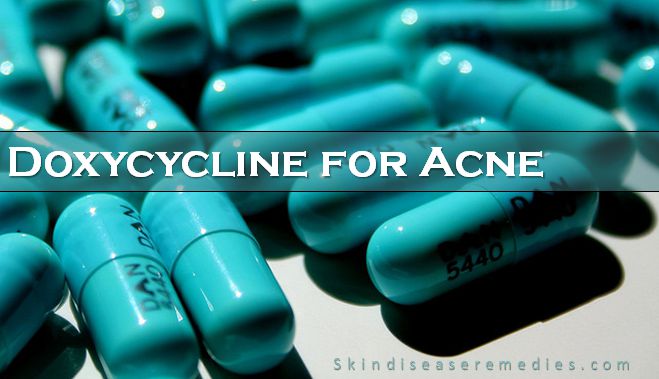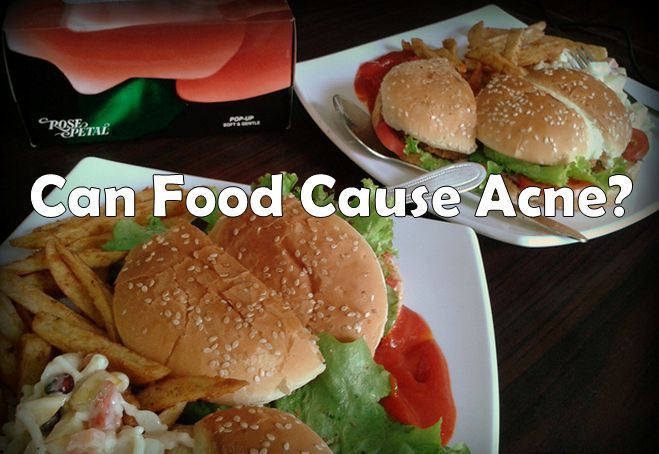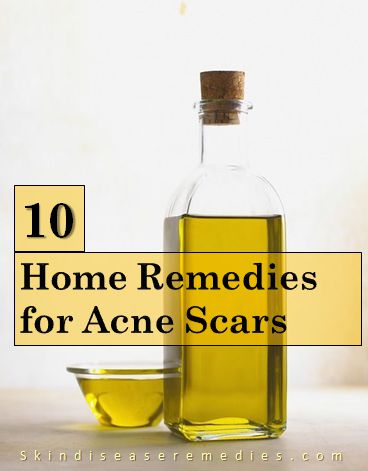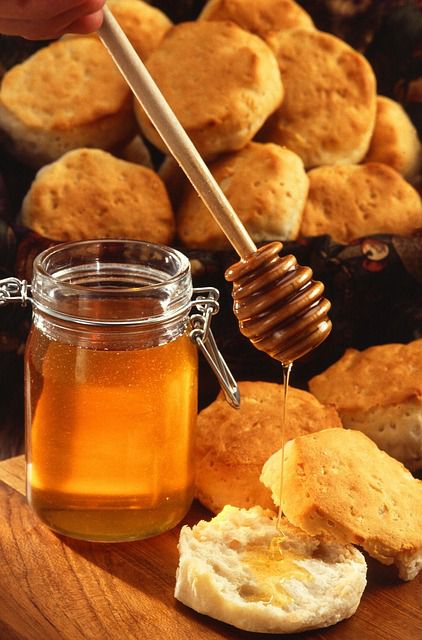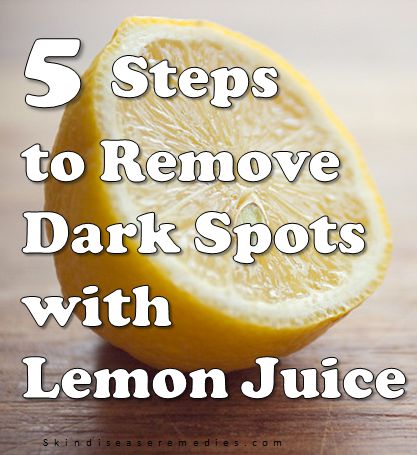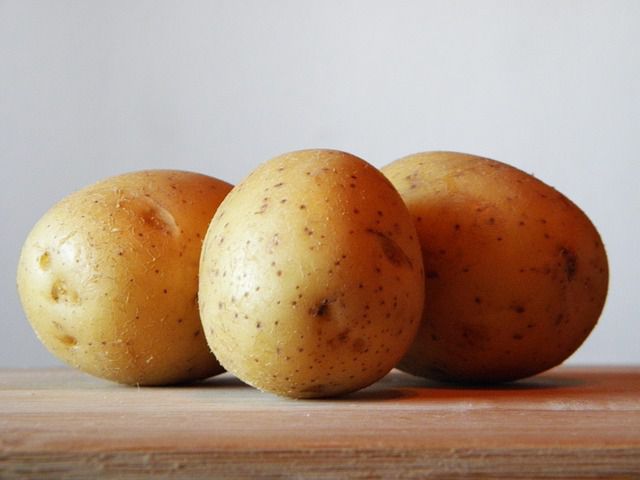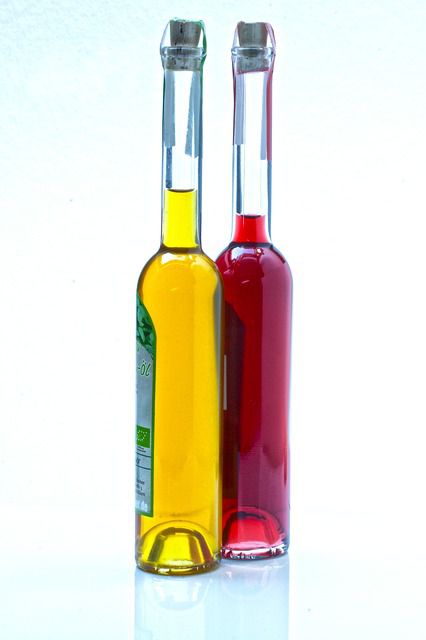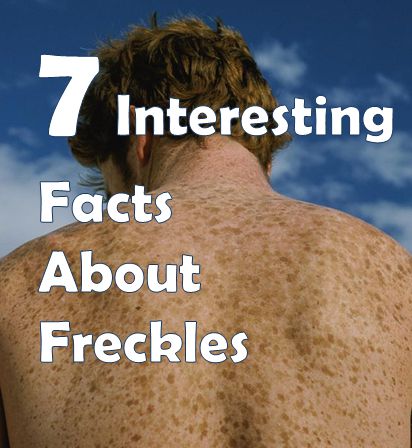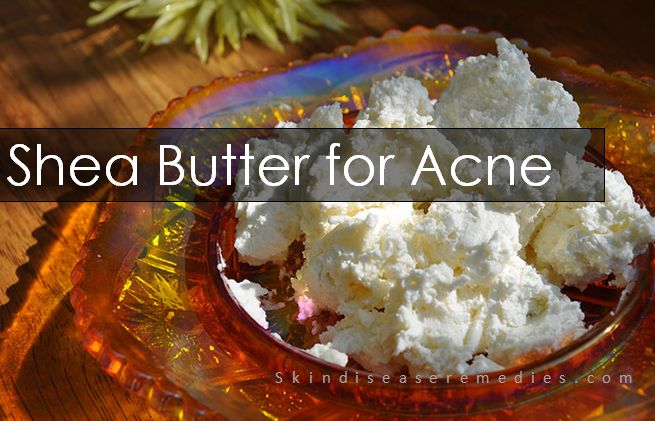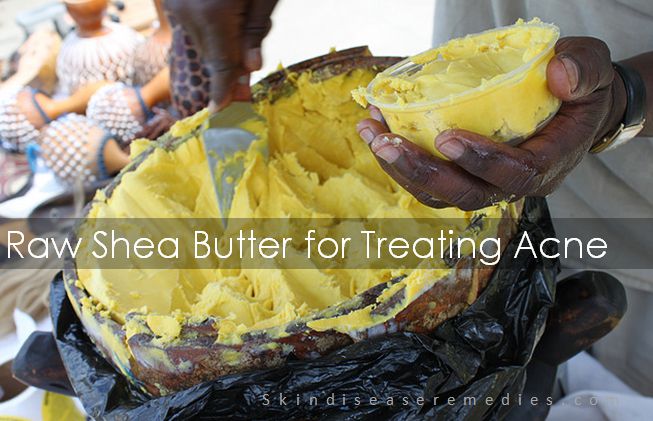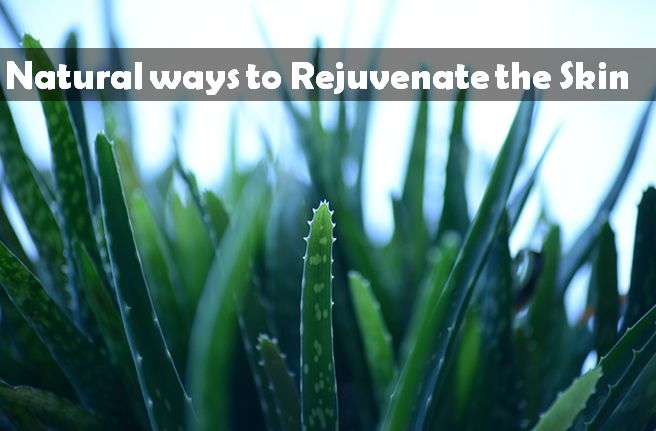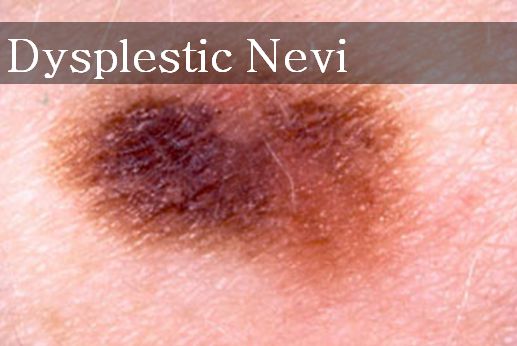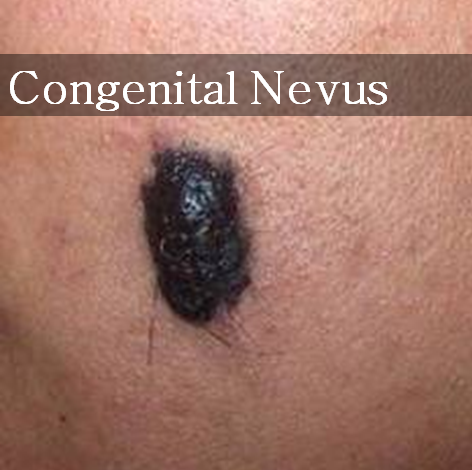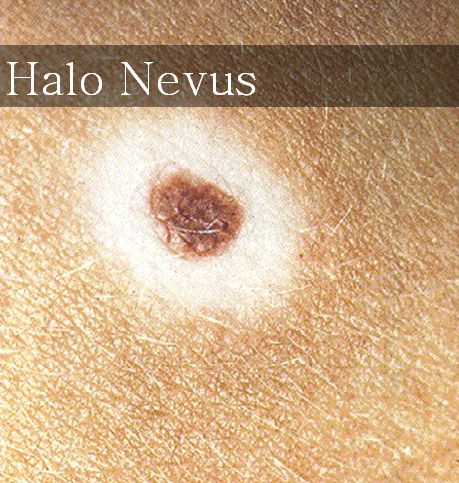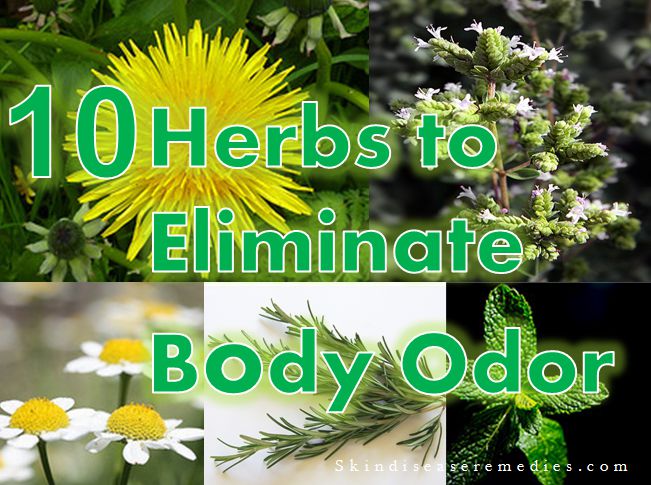
The unpleasant smell you get from your body is not because of sweat.
According to Mayoclinic.org sweat is odorless. So why do you get foul smell after sweating?
Our body has sweat glands which secrete sweat when body temperature rises. When you don’t take bath or wash your body, bacteria gets accumulated on sweat to feed on fats and proteins in sweat. This releases a foul smell.
As it’s a common problem there are many conventional deodorants and antiperspirants to control body odor. Few of them works great but few are harmful because of chemical ingredients. (Though not proved.)
One medicine doesn’t work for everyone. Try different remedies to find out which one works for your body.
Note: Try with doctor’s supervision.
Herbs are natural medicines used to treat various health problems including body odor. Here in this article we’ll discuss about few herbs for eliminating body odor.
Body odor is caused when fats and proteins don’t gets digested; these herbs listed here will help you out in digestion which in one way reduces body odor.
Herbs for Body Odor
1. Take an Herbal Bath
Blend herbs like oregano, coriander, licorice root, ginger, cinnamon, cumin, bay leaf, fennel and nutmeg to make a tea. Refrigerate it and apply it on sweat prone areas like under-arms and in groins using cotton ball.
You can also dip all these herbs packed in a cloth into bath tub for an herbal bath. These herbs restrain bacteria from spreading odor. They act as a natural deodorant.
If you’ve no knowledge about blending herbs you can see it here.
2. Rosemary (for external application)
Rosemary is an evergreen herb used in foods. This herb especially its top flower contains phenolic acid which is said to be antioxidant, antibacterial and anti-fungal. Packed with A, B – complex and C vitamins, rosemary is an antioxidant and is traditionally used for treating indigestion.
Because of these properties rosemary has shown evidence in killing bacteria in a lab test, says University of Maryland Medical Center.
Steep ½ cup of rosemary leaves in 2 to 4 cups of water and add it to your bath tub.
Aloe Vera is a great boon for skin, almost all skin diseases can be treated using aloe Vera gel. Antioxidant properties in aloe treat and fights diseases causing bacteria. Aloe gel applied on skin burns helps to heal them fast. Chronic skin diseases like eczema and acne can be treated by repeated application of aloe Vera gel.
Aloe Vera can be used both internally and externally. You can consume aloe Vera gel after blending it.
Blend the gel and mix the juice in any fruit juice of your choice and drink. It acts as a great cleanser in stomach, liver, kidneys, spleen, and bladder.
Related: How to make aloe vera juice
4. Peppermint
Leaves and oil of peppermint are used to treat many health problems including digestive problems like diarrhea, upset stomach, irritable bowel syndrome, vomiting, gastrointestinal (GI) tract, bacterial in small intestine and gas.
High in copper, vitamin C and manganese peppermint can treat skin disease as well as body odor.
After meals drink peppermint tea, this helps to digest food.
5. Cleavers
Properties in cleavers help in cleaning lymph and toxins from the body. This promotes good digestion.
6. Milk thistle
Silymarinis, the main compound in milk thistle is an antioxidant and anti-inflammatory, according to WebMD. Though there is no scientific evidence, milk thistle or Mary thistle is used to treat liver problems.
You can consume milk thistle after blending it with other herbs or in tea.
7. Oregano
In a preliminary test CAMonline found that oregano may have anti-fungal and anti-bacterial properties which can help to control odor causing bacteria.
Add steeped oregano to your bath tub which aids to control body odor. It may cause blood sugar level fluctuate. (Use under doctor’s supervision)
8. Dandelion
Mix it with herbal tea and it can treat liver and kidney problems including constipation, jaundice, gall stones and upset stomach.
9. Chamomile
Having any stomach problem? Brew a cup of chamomile tea. Take 3-4 cups of tea every day. Chamomile tea has anti-oxidant and cleansing properties which restrains odor causing bacteria.
10. Essential Oils
Oil extracted from herbs like rosemary, sage, lavender and oregano can be used topically to fight odor causing bacteria. Anti-bacteria and anti-fungal properties present in these herbs helps fight bacteria and its aroma counteract with the foul smell.
Consult your doctor or any medical care provider to select herbs for essential oil them mix it with vegetable oils to lessen the effect of essential oil on skin, as they may irritate your skin.
It can be a great natural deodorizer, but consult your doctor before trying.
Image source 1, 2, 3
